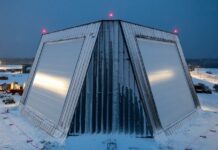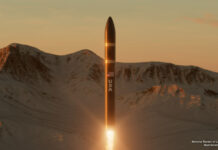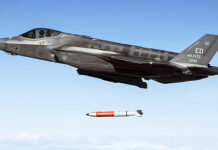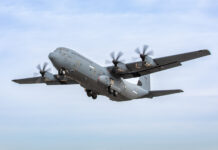Lockheed Martin is planning to scale up its laser technology to produce a 500 kW-class laser: a new benchmark that would represent the most powerful laser the company has ever produced.
The 500 kW-class laser will be developed under a new contract recently awarded by the US Department of Defense’s (DoD’s) Office of the Under Secretary of Defense for Research & Engineering (OUSD (R&E), Lockheed Martin announced on 28 July 2023.
Thus far Lockheed Martin has only produced a 300 kW laser.
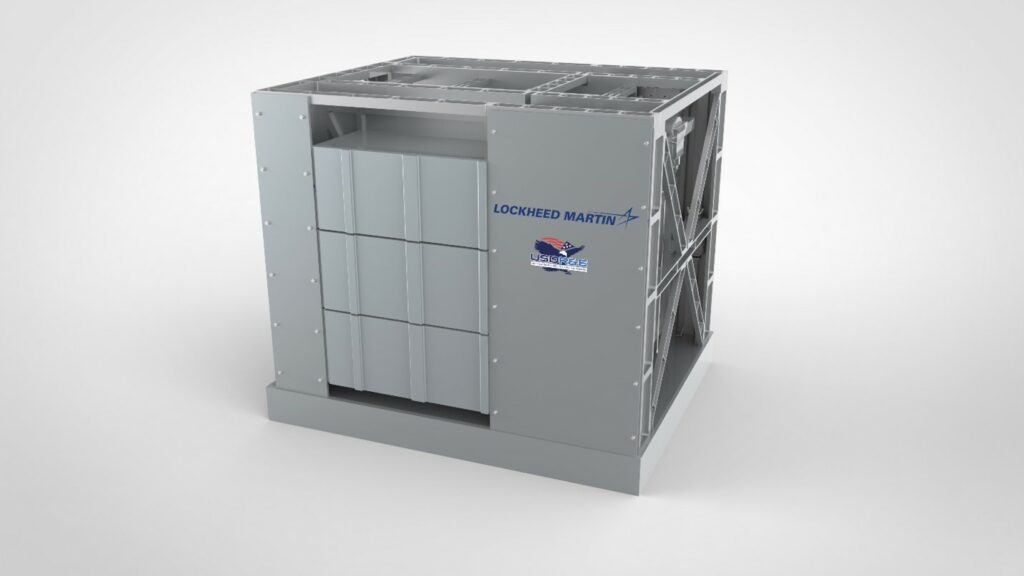
Development of the 500 kW laser is the second phase of the High Energy Laser Scaling Initiative (HELSI), which aims to increase the laser’s power level “while achieving excellent beam quality and optimising efficiency, size, weight, and volume for the continuous-wave high-energy laser sources” Lockheed Martin stated.
The development is designed to reduce risk for the US DoD’s acquisition and fielding of high-powered laser weapons for all branches of the US military.
“OUSD (R&E) has invested to mature high-energy lasers in support of America’s warfighters. At the same time Lockheed Martin has invested in our production infrastructure in anticipation of the Department of Defense’s demand for laser weapons that have additional layers of protection with deep magazines, low cost per engagement, high speed of light delivery and high precision response, reducing logistics requirements,” Rick Cordaro, vice president of Mission Systems and Weapons at Lockheed Martin, was quoted as saying in a company press release. “The 500-kW laser will incorporate our successes from the 300 kW system and lessons learned from legacy programs to further prove the capability to defend against a range of threats.”
The 500 kW laser will be tactically configured, utilise Lockheed Martin’s proven spectral beam combined architecture to support military platforms, and incorporate the US DoD’s Modular Open System Approach standards to ensure system interoperability and multi-mission integration.
Peter Felstead





